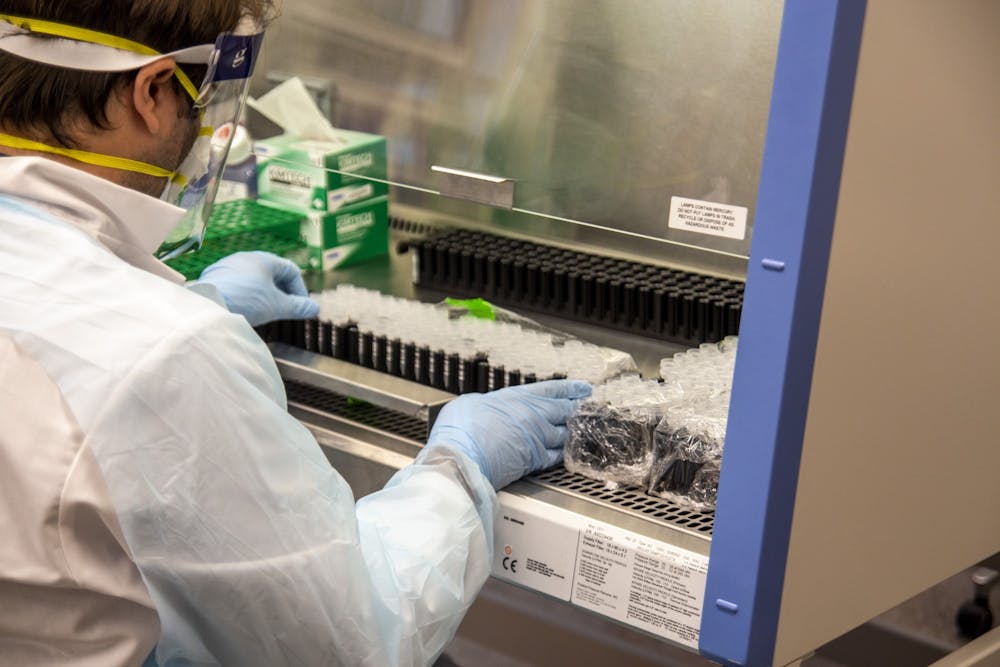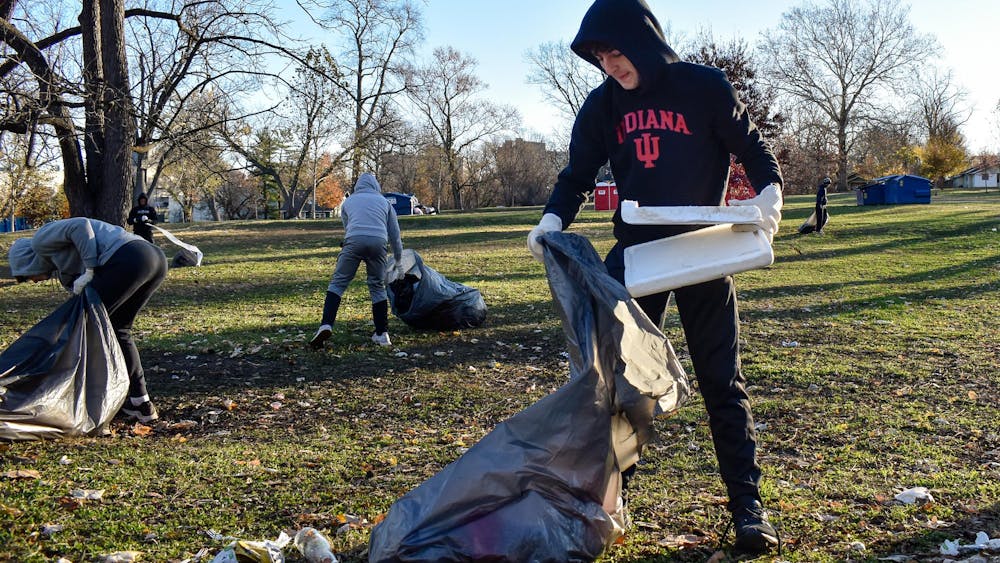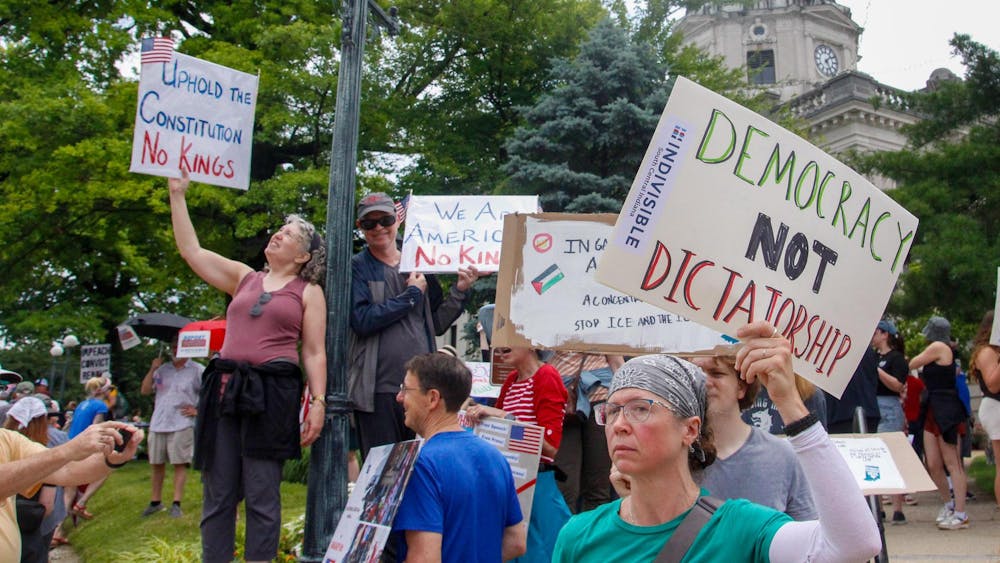Results of the third phase of a random sample study being conducted statewide in Indiana estimates as of Nov. 20 that 10.6% of all Indiana residents have been infected or have recovered from COVID-19, according to a press release.
The prevalence rate shows a significant increase from early October, as of which 7.8% of the Indiana population had been infected, and from late April after the first phase of the study when the rate was 2.8%.
The Indiana SARS-CoV-2 Prevalence Study is a result of a collaboration between the Richard M. Fairbanks School of Public Health at IU-Purdue University Indianapolis and the Indiana State Department of Health. It was the first in the United States to measure the general population prevalence of COVID-19, according to the release.
By the end of the fourth and final phase of the study, at least 20,000 Hoosiers will have been tested, most of whom were randomly selected but some recruited as volunteers from vulnerable communities to better represent Indiana’s demographics, according to a release from before testing began for the study.
Testing data from this study differed from conventional testing by sampling from the entire state population instead of solely symptomatic and high-risk individuals. Following phase one testing conducted in late April, IUPUI researchers found one of out of every 11 actual infections was identified by conventional testing in Indiana, according to a release from mid-May.
“What we knew through conventional detection methods – testing symptomatic people and those at high-risk for COVID-19 – was just the tip of the iceberg,” said Nir Menachemi, Fairbanks Endowed Chair and lead scientist of the study in a press release.
Over the three phases of testing conducted, the study has also found in all infections, more than 40% are asymptomatic. However, asymptomatic infected individuals risk spreading the virus to older and more high-risk populations.
“While younger people are less likely to die from infection, they could be unknowingly spreading the infection to others who might be at higher risk,” Menachemi said in a release.
Researchers at the Fairbanks School of Public Health and the IU School of Medicine also calculated infection fatality rates for different age groups and races. They found Hoosiers over the age of 60 have a 2% infection fatality rate, or more than2.5 times the fatality rate of seasonal flu for the same group, and nonwhite people are more than three times more likely to die from COVID-19 than white people, according to a late-September release.
"Evidence-based research has never been more important than in our fight against COVID-19," state health commissioner Dr. Kristina Box said in the November release. "This study epitomizes the commitment Indiana has to responding to the pandemic and protecting Hoosier health."






